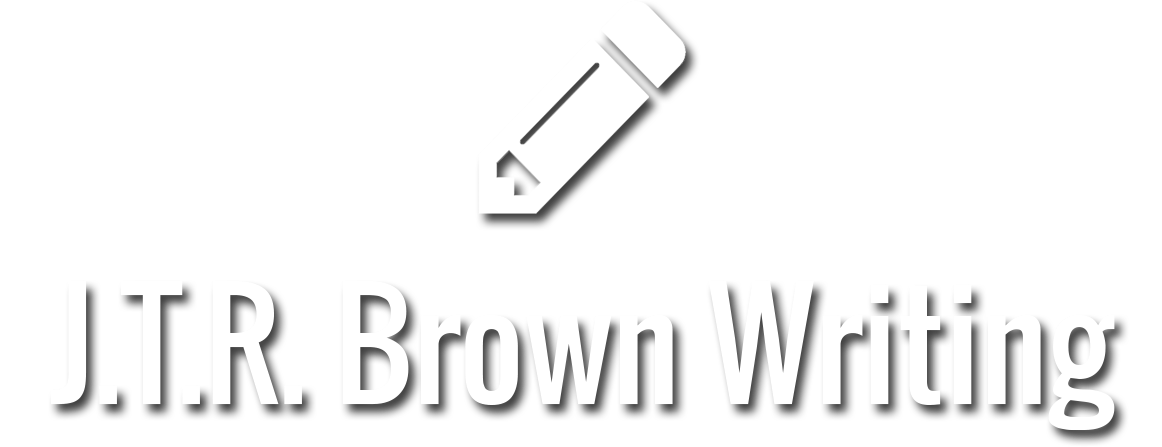Professional wrestlers who are successful often connect with the fans by embodying an idea. They serve as an avatar of a concept or value that people have a strong emotional reaction to. This cuts both ways; it can be a manifestation of the things people love or hate. Once in a great while, they can represent both.
In the mid 1990s the WWE(F) and WCW were stuck in a creative rut, somewhere between the good-natured golden age of the late 80s and very early 90s, to the yet-to-arrive edgy attitude-era of the late 90s. During that transitional period the two biggest players in the industry were making over-the-top parodies of an already over-the-top product. They had caricatures of dentists, garbage men, and mummies-mislabeled-as-yetis. Few if any performers managed to channel an idea that the fans cared about.
But in a bingo hall in Philadelphia, a small promotion called Extreme Championship Wrestling was doing something different. They were still using the bombastic characters and story-telling devices that were central to professional wrestling, but they were shaping their product to allow it to speak to its audience. They weren't repo men or maestros. They were relatable, archetypes, pumped up to epic proportions. One of their most successful, controversial, and memorable characters was Raven.
Scott Levy's grungy anti-hero, named after the atmospheric Edgar Alan Poe poem, was the incarnation of angst. From his ripped jean shorts to the flannel tied around his waist, he was the standard-bearer for disaffected youth of the 90s. The fans had a highly polarized reaction to him. Many were drawn to his cerebral, cult-leader charisma. Others were repulsed by his self-centered psycho-babel. Either way, he was one of those rare characters that every ECW fan had an opinion on. His persona was obviously relevant, as people either saw Raven as a larger projection of their own feelings, or as a representation of someone they recognized from their own lives, and hated with a passion.
While his style certainly captured the counter-culture of the times, his words and actions were what allowed him to connect with the fans. Anyone could throw on a Sandman tee-shirt. Not just anyone could cut a promo that gave form to the abstract ethos of a generation. Raven channeled the anger, disgust, and apathy of the American adolescent in the 90s. Like many young people, he was a paradox. He would decry the selfishness of the American way, while asking where his slice of the pie was. He was furious at the established mores of his culture, but too cool to try and change them.
While Raven certainly captured the teen/young adult psyche well, to accept the character as simply an angry youngster would be to trivialize the grander scale that Scott Levy was performing on. Raven tapped into the cultural milieu of Generation X in a very specific, and, by professional wrestling standards, a very nuanced way . He was the spoiled spawn of the self-esteem movement; an entitled, self-aggrandizing figure, intent on placing all the responsibility for his failings squarely in the lap of his parents. He eschewed the idealism so central to the teen years of his baby-boomer parents, for unapologetic self-indulgence and pragmatism. The Raven character shook off the last vestiges of his childhood, stared at the approaching millennium and...shrugged.
Even beyond the great promos, the to-cool-to-care body language, and the pitch-perfect look, what made Raven truly special was that ECW understood him. Paul Heyman allowed Raven be involved in story-lines that accentuated the complex nature of the character. He also allowed him to behave in ways that a self-absorbed slacker really would, which gave the persona a layer of authenticity rarely seen in professional wrestling. He was allowed to be tough, but not above cheating if the opportunity presented itself. He gathered minions, manipulating them into doing his bidding, while at the same time being willing to dish out sadistic punishment when necessary. His rivalries, gimmick matches, and story-arcs all functioned within a framework where Scott's strengths as a performer were maximized to their full potential. His character in ECW was one of the deepest, most timely, and unique characters to ever be involved in professional wrestling.
Sadly, Raven was misunderstood and misused in WCW, and WWE. Once Raven was brought to the mainstream, he wasn't allowed to weave the complex, twisted web that was his staple. He was thought too weird, too dark, or too un-flashy for the arena crowds. He had brief periods late in his career when Ring of Honor and TNA used his skills appropriately, but by that time he had become an anachronism, an elder statesman of a time-gone-by. Still, perhaps it is poetic justice that the ultimate misfit had a huge cult following in a counter-culture promotion but was rejected by the masses. Perhaps Raven wouldn't have had it any other way.
